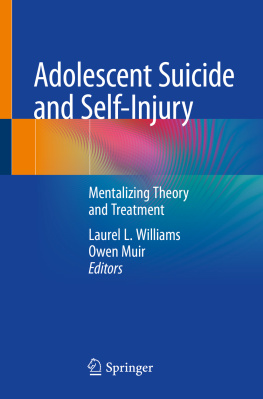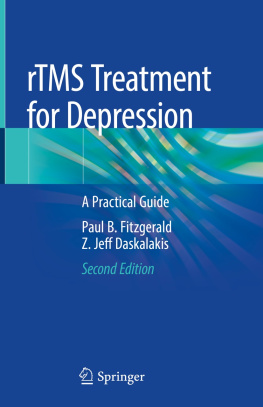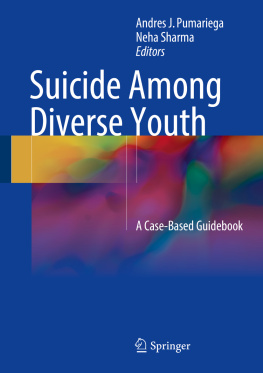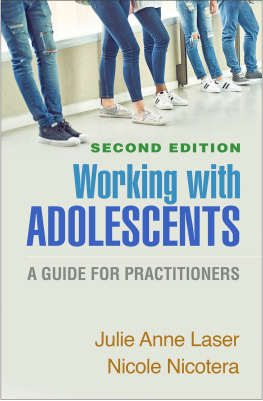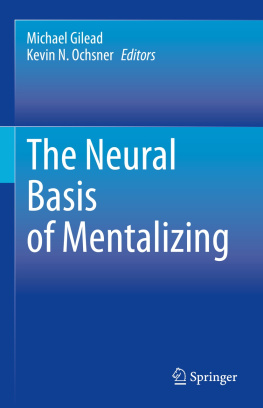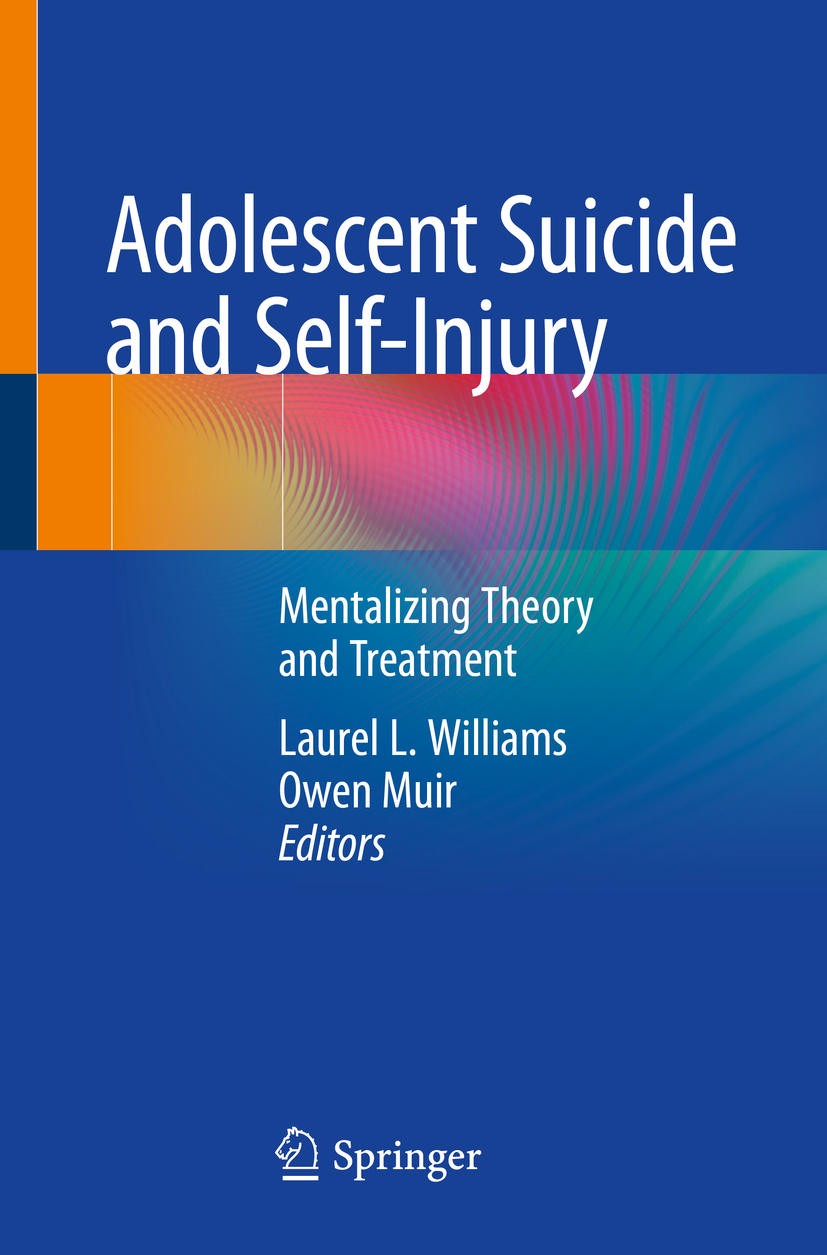Laurel L. Williams (editor) - Adolescent Suicide and Self-Injury: Mentalizing Theory and Treatment
Here you can read online Laurel L. Williams (editor) - Adolescent Suicide and Self-Injury: Mentalizing Theory and Treatment full text of the book (entire story) in english for free. Download pdf and epub, get meaning, cover and reviews about this ebook. year: 2020, publisher: Springer, genre: Home and family. Description of the work, (preface) as well as reviews are available. Best literature library LitArk.com created for fans of good reading and offers a wide selection of genres:
Romance novel
Science fiction
Adventure
Detective
Science
History
Home and family
Prose
Art
Politics
Computer
Non-fiction
Religion
Business
Children
Humor
Choose a favorite category and find really read worthwhile books. Enjoy immersion in the world of imagination, feel the emotions of the characters or learn something new for yourself, make an fascinating discovery.
- Book:Adolescent Suicide and Self-Injury: Mentalizing Theory and Treatment
- Author:
- Publisher:Springer
- Genre:
- Year:2020
- Rating:5 / 5
- Favourites:Add to favourites
- Your mark:
Adolescent Suicide and Self-Injury: Mentalizing Theory and Treatment: summary, description and annotation
We offer to read an annotation, description, summary or preface (depends on what the author of the book "Adolescent Suicide and Self-Injury: Mentalizing Theory and Treatment" wrote himself). If you haven't found the necessary information about the book — write in the comments, we will try to find it.
This volume presents a comprehensive and practical approach to the treatment of suicide and NSSI for adolescents utilizing a mentalizing framework. The beginning of the text provides up-to-date information on the theory of a mentalizing therapy in order to ground the readers in the neuroscientific underpinnings of a mentalizing approach. Next chapters provide information on the fundamental building blocks of a mentalizing therapy at the individual and family level. These chapters provide step-by-step approaches in order to provide examples of the techniques involved in mentalizing treatment that can be employed to address suicidality and NSSI. The next chapter builds on these concepts as the reader learns about mentalizing failures involved in common co-morbidities in adolescents who are experiencing suicidality and/or employing NSSI. The next several chapters cover practical issues related to working within this patient population including the key concept of social systems and connections for both providers and adolescents, the ability of mentalizing theory and therapy to integrate with other effective therapies, how to approach sessions after a suicide attempt, resiliency for patient, family and the provider, along with important self-care for a therapist if a patient commits suicide. The final chapter brings all of the aforementioned elements together in order for the reader to conceptualize employing a mentalizing approach to adolescents and their families when suicide and NSSI concerns are a predominate focus of care. Illustrations of specific therapeutic approaches and a list of resources and guidelines where available are also included.
Adolescent Suicide and Self-Injury is an excellent resource for all clinicians working with youths at risk for suicide and/or self-injury, including psychiatrists, psychologists, pediatricians, family medicine physicians, emergency medicine specialists, social workers, and all others.
Laurel L. Williams (editor): author's other books
Who wrote Adolescent Suicide and Self-Injury: Mentalizing Theory and Treatment? Find out the surname, the name of the author of the book and a list of all author's works by series.

